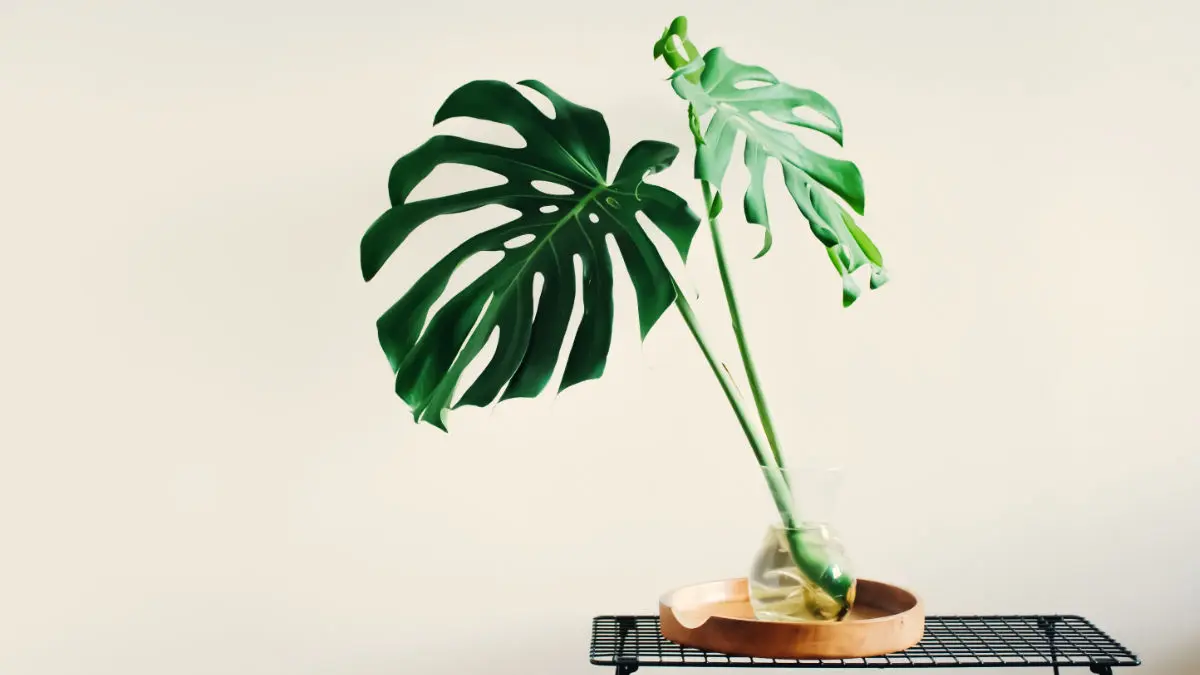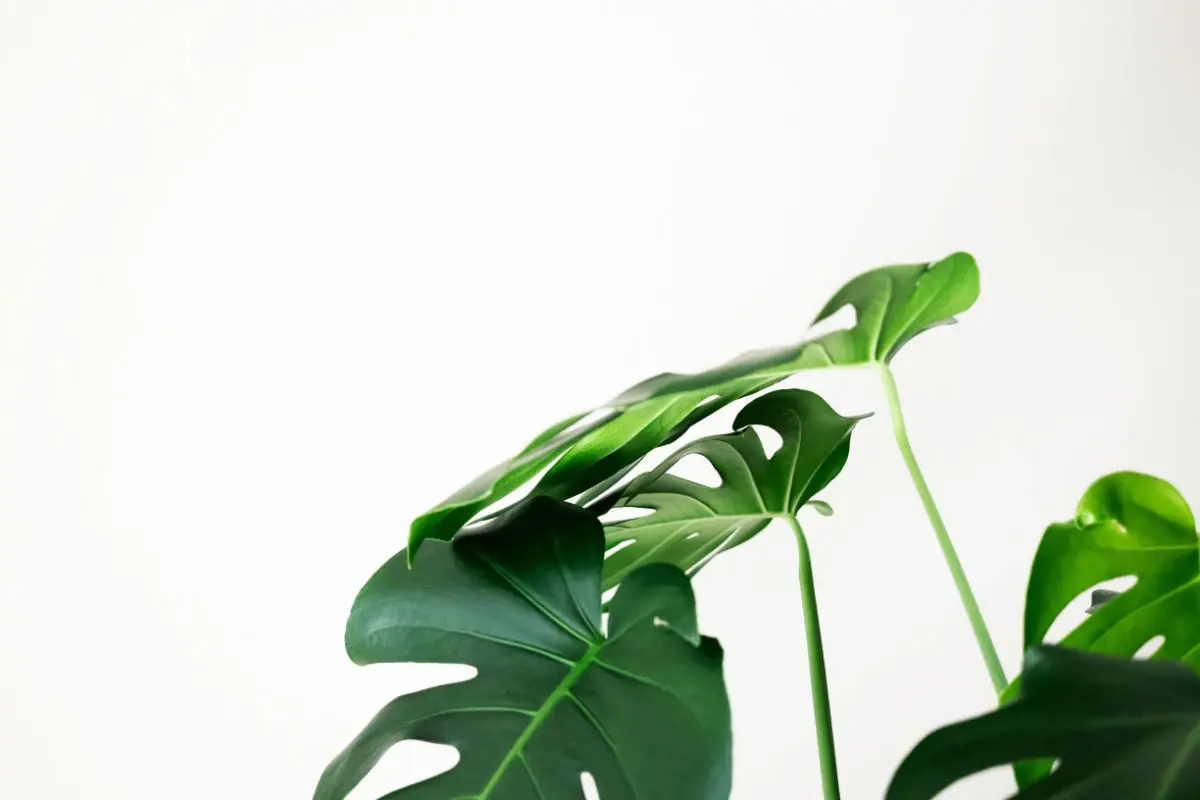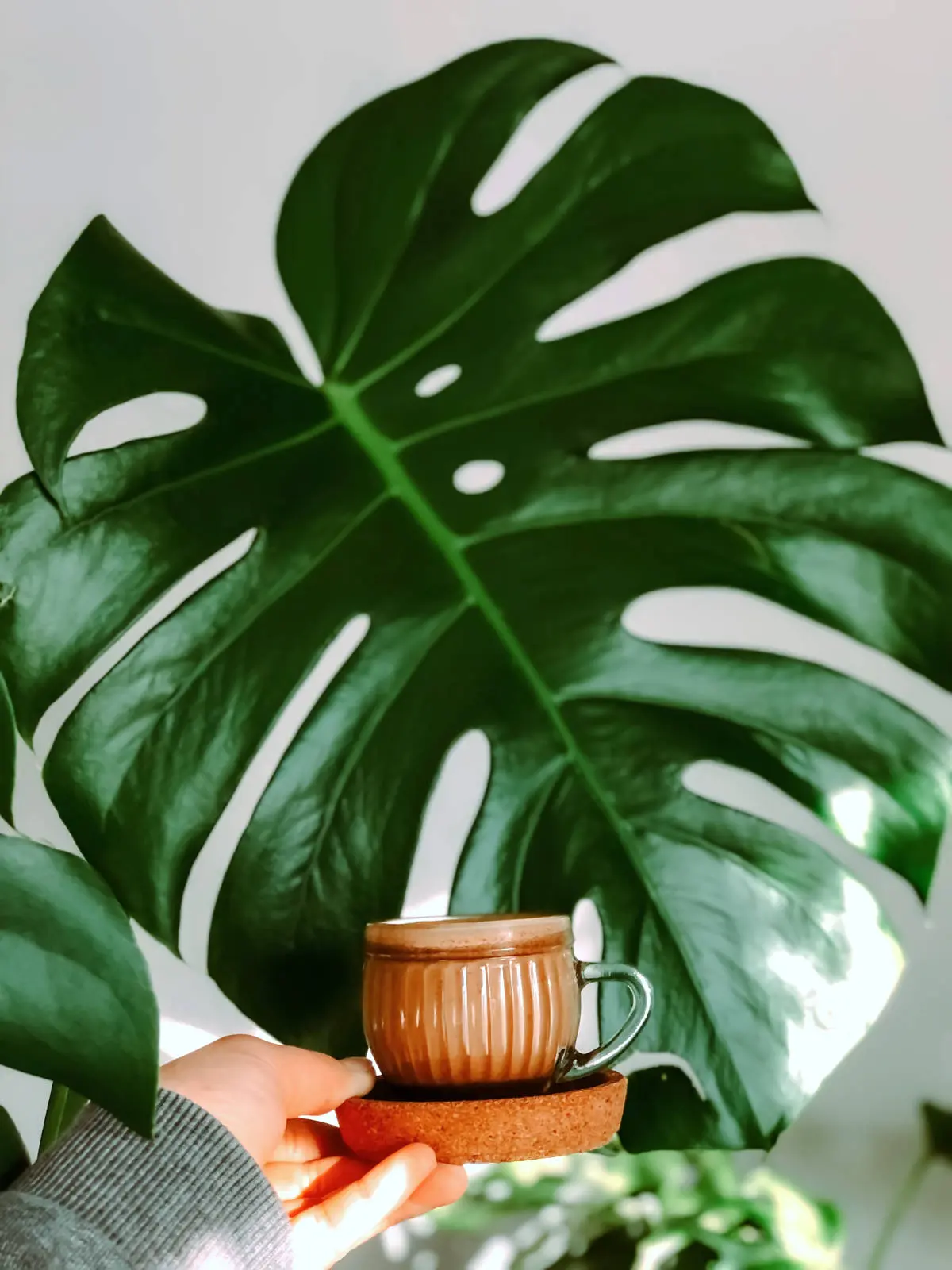Unleashing the Aquatic Potential: Can Monstera Plants Live in Water?
Can a monstera plant live solely in water? Learn about the feasibility and care tips for growing a monstera in water, including the benefits and potential challenges.
By Tobias Holm
Are monstera plants water-friendly? Can they thrive in aquatic environments? These questions have been on the minds of many plant enthusiasts. Monstera plants, known for their large, lush leaves, have gained popularity as indoor houseplants. But what if we took them out of their traditional pots and placed them in water? Could they still flourish?
In this article, we will explore the possibilities of unleashing the aquatic potential of monstera plants. We will delve into the benefits and challenges of growing these plants in water and provide you with expert advice on how to care for them. Whether you're a seasoned plant parent or a beginner looking to add some greenery to your home, this article will guide you through the process of cultivating monstera plants in water.
Join us as we dive into the world of aquatic monstera plants and discover the beauty of growing these stunning specimens in the water. Let's explore the potential of this unique approach and unlock a whole new dimension of plant care.
Understanding the aquatic potential of Monstera plants
Monstera plants, native to the tropical rainforests of Central and South America, are known for their distinctive foliage and ability to adapt to a variety of environments. While traditionally grown in soil, these versatile plants have the potential to thrive in water as well.
The key to understanding the aquatic potential of monstera plants lies in their natural habitat. In the rainforest, these plants grow on the forest floor, where they receive indirect sunlight and high humidity. The forest floor is often damp, with water pooling around the roots. This natural adaptation allows monstera plants to absorb water and nutrients through their roots, making them well-suited for water cultivation.
By harnessing the aquatic potential of monstera plants, you can create a unique and visually striking display in your home. The lush green leaves and trailing vines of these plants can create an enchanting underwater landscape, bringing a touch of the rainforest into your living space.
Benefits of growing Monstera plants in water
Growing monstera plants in water offers several benefits that make it an attractive option for plant enthusiasts. Here are some of the advantages of cultivating these plants in an aquatic environment.
- Enhanced Aesthetic Appeal: Monstera plants are renowned for their striking foliage, and when grown in water, their leaves can take on a vibrant, glossy appearance. The underwater environment accentuates the natural beauty of the leaves, making them even more visually appealing.
- Simplified Maintenance: Water propagation eliminates the need for soil, reducing the risk of pests and soil-borne diseases. It also simplifies the watering process, as you can easily monitor the water level and ensure your plant is adequately hydrated. This makes caring for monstera plants in water a low-maintenance option for busy plant owners.
- Faster Growth and Propagation: Monstera plants grown in water have been observed to exhibit faster growth rates compared to their soil-grown counterparts. This accelerated growth can be attributed to the direct access to water and nutrients, allowing the plants to allocate more energy towards foliage development and root growth. Additionally, water propagation makes it easier to propagate monstera plants, as you can simply cut a stem with a node and place it in water to encourage root growth.
- Improved Air Purification: Like many other houseplants, monstera plants are known for their air-purifying properties. By growing these plants in water, you can enhance their ability to filter out toxins and improve the air quality in your home. The larger leaf surface area of monstera plants grown in water allows for increased photosynthesis, leading to greater oxygen production.
With these benefits in mind, it's clear that growing monstera plants in water can be a rewarding and visually stunning experience. However, it's important to understand the science behind their ability to thrive in an aquatic environment.
The science behind Monstera plants thriving in water
The ability of monstera plants to thrive in water can be attributed to their unique root structure and their ability to absorb nutrients through their roots. Let's take a closer look at the science behind this phenomenon.
- Root Structure: Monstera plants have specialized aerial roots that naturally grow from their stems. These roots have the ability to absorb moisture and nutrients from the air, which is particularly advantageous in an aquatic environment. When placed in water, these aerial roots will continue to grow and develop, providing the plant with a means to absorb water and nutrients.
- Water Absorption: Monstera plants have a remarkable ability to absorb water through their roots. The cells in the root system of these plants are specifically designed to allow water molecules to pass through, enabling efficient water uptake. This adaptation allows monstera plants to thrive in environments with high humidity and damp conditions, making them well-suited for water propagation.
- Nutrient Uptake: In addition to water absorption, monstera plants can also absorb nutrients through their roots. The root cells of these plants are equipped with tiny structures called root hairs, which increase the surface area for nutrient absorption. When grown in water, monstera plants can extract essential nutrients from the water, ensuring their healthy growth and development.
Understanding the science behind monstera plants thriving in water is crucial for successfully cultivating these plants in an aquatic environment. Now that we have explored the benefits and science behind water propagation let's delve into the process of propagating monstera plants in water.
How to propagate Monstera plants in water
Propagating monstera plants in water is a straightforward process that can be enjoyed by beginners and experienced plant enthusiasts alike. Here's a step-by-step guide to help you successfully propagate your monstera plants in water.
- Select the Right Stem: Choose a healthy stem with at least one node. Nodes are the small bumps or circular rings found along the stem. These nodes are crucial for root development and should be submerged in water for successful propagation.
- Prepare a Suitable Container: Select a glass jar or container that is tall enough to support the stem and allow the leaves to cascade over the edges. Ensure the container is clean and free from any residue that could contaminate the water.
- Place the Stem in Water: Fill the container with room temperature water, ensuring that the nodes on the stem are submerged. It's important to use filtered or distilled water to prevent the buildup of minerals that could harm the plant.
- Provide Adequate Light: Place the container in a location that receives bright, indirect light. Avoid direct sunlight, as it can lead to leaf burn. A well-lit spot near a window or under a grow light is ideal for successful propagation.
- Monitor and Maintain Water Levels: Check the water levels regularly and top up as needed to ensure the nodes remain submerged. It's important to change the water every week or two to prevent the growth of algae or the buildup of harmful bacteria.
- Patience and Care: Be patient as you wait for roots to develop. It can take anywhere from a few weeks to a few months for roots to appear. During this time, make sure to provide the plant with the necessary care, including adequate light, proper temperature, and regular water changes.
By following these steps, you can successfully propagate your monstera plants in water and watch as new roots develop, signaling the start of a thriving aquatic plant.
Tips for caring for Monstera plants in water
Caring for monstera plants in water requires attention to detail and a few key considerations. Here are some tips to help you provide the best care for your monstera plants in an aquatic environment.
- Water Quality: Use filtered or distilled water to prevent the buildup of minerals that can harm the plant. Avoid using chlorinated or tap water, as the chemicals can be detrimental to the plant's health. If tap water is your only option, let it sit overnight to allow the chlorine to dissipate before using it.
- Light Requirements: Monstera plants thrive in bright, indirect light. Place your water-grown monstera plant near a window that receives ample natural light, but avoid direct sunlight, as it can scorch the leaves. If natural light is limited, consider using a grow light to supplement the plant's light requirements.
- Temperature and Humidity: Monstera plants prefer temperatures between 65°F and 85°F (18°C to 29°C) and high humidity levels. Try to maintain a consistent temperature and humidity level by placing the plant away from drafts and using a humidifier or pebble tray to increase humidity if necessary.
- Fertilization: While monstera plants can obtain nutrients from the water, they will still benefit from occasional fertilization. Use a balanced liquid fertilizer diluted to half the recommended strength and apply it to the water every two to four weeks during the growing season. Be careful not to over-fertilize, which can lead to salt buildup in the water.
- Pruning and Maintenance: Regularly prune your monstera plant to maintain its shape and promote healthy growth. Remove any yellowing or damaged leaves to prevent the spread of diseases. Additionally, keep an eye out for the development of aerial roots and adjust the water level accordingly to ensure they remain submerged.
By following these tips, you can provide optimal care for your monstera plants in water, ensuring their health and vitality.
Common challenges and solutions for growing Monstera plants in water
While growing monstera plants in water can be a rewarding experience, it's not without its challenges. Here are some common issues you may encounter when cultivating monstera plants in an aquatic environment, along with their corresponding solutions.
- Root Rot: Root rot can occur if the water is not changed regularly or if the plant is overwatered. To prevent root rot, change the water every one to two weeks, ensuring it is clean and free from debris. Additionally, monitor the water level and avoid overwatering, as excessive moisture can lead to rotting roots.
- Algae Growth: Algae can thrive in stagnant water, leading to a slimy film on the plant's roots and container. To combat algae growth, change the water regularly and make sure the container is clean. If algae is present, gently rinse the roots under running water and wipe down the container with a mild bleach solution.
- Insufficient Nutrients: While monstera plants can absorb nutrients from the water, they may still require occasional fertilization to ensure optimal growth. If you notice slow growth or yellowing leaves, consider adding a diluted liquid fertilizer to the water to provide the plant with the necessary nutrients.
- Inadequate Light: Insufficient light can result in leggy growth and poor foliage development. To remedy this, move the plant to a brighter location that receives indirect sunlight or consider using a grow light to supplement the available light.
By addressing these challenges and implementing the suggested solutions, you can overcome common obstacles and create a thriving aquatic environment for your monstera plants.
Frequently asked questions about growing Monstera plants in water
- Can all varieties of monstera plants be grown in water? Most varieties of monstera plants can be successfully grown in water. However, it's important to note that some varieties, such as the Monstera adansonii, may require additional support, such as a moss pole, to encourage upright growth.
- Can I switch my Monstera plant from soil to water propagation? Yes, it is possible to switch your Monstera plant from soil to water propagation. Simply carefully remove the plant from its pot, gently rinse the roots under running water to remove excess soil, and transfer it to a container with clean water.
- How often should I change the water for my monstera plant? It's recommended to change the water for your Monstera plant every one to two weeks to prevent the buildup of harmful bacteria and ensure the plant has access to clean water.
- What should I do if my monstera plant is not developing roots in water? If your monstera plant is not developing roots, ensure that the nodes on the stem are submerged in water and that the plant receives adequate light and warmth. Be patient, as it can take several weeks or even months for roots to appear.
- Can I transfer my Monstera plant from water to soil? Yes, you can transfer your Monstera plant from water to soil if you decide to switch propagation methods. To do this, carefully remove the plant from the water, gently rinse the roots to remove any residue, and plant it in a well-draining potting mix.
By addressing these frequently asked questions, we hope to provide you with the information you need to cultivate your monstera plants in water successfully.
Conclusion: Is water propagation right for your Monstera plant?
In conclusion, growing monstera plants in water offers a unique and visually stunning way to cultivate these tropical beauties. By understanding the aquatic potential of monstera plants, you can create a thriving underwater oasis that adds a touch of the rainforest to your home.
From the enhanced aesthetic appeal to the simplified maintenance, water propagation offers a range of benefits that make it an attractive option.



